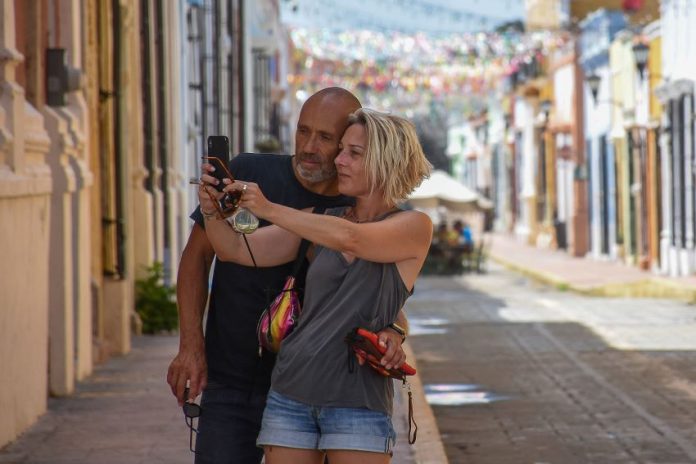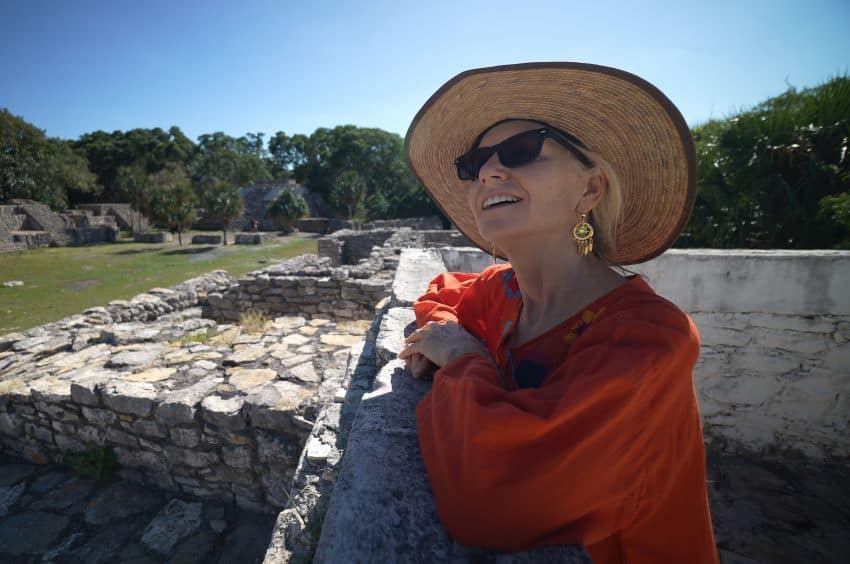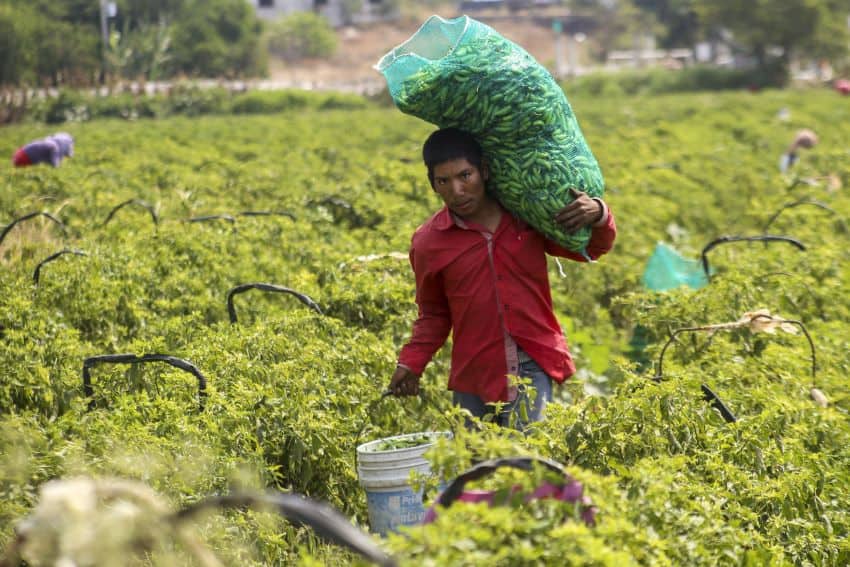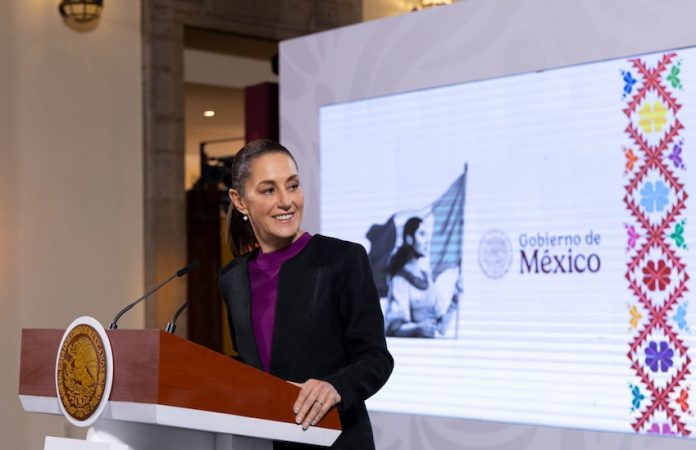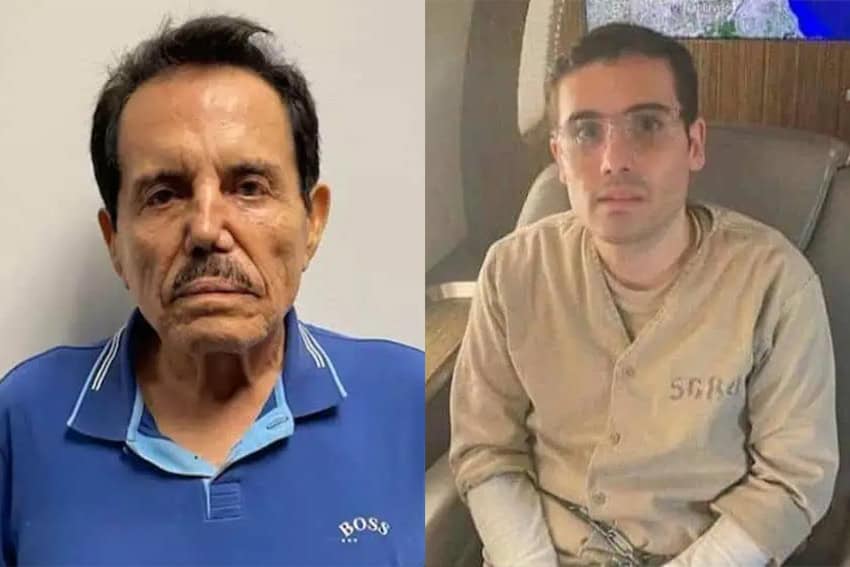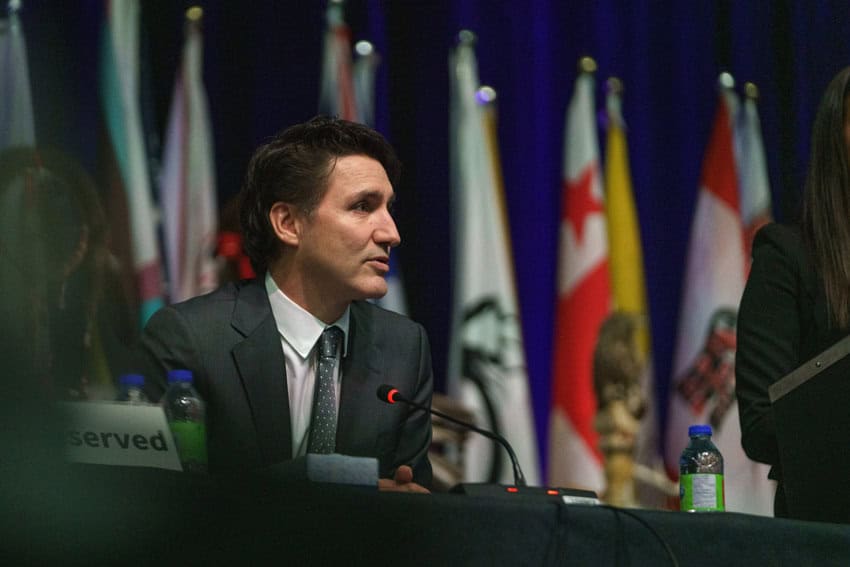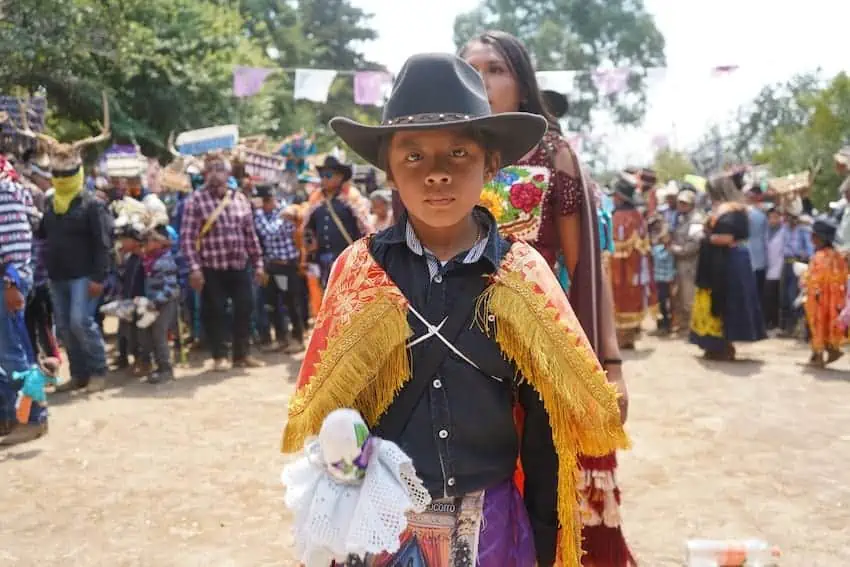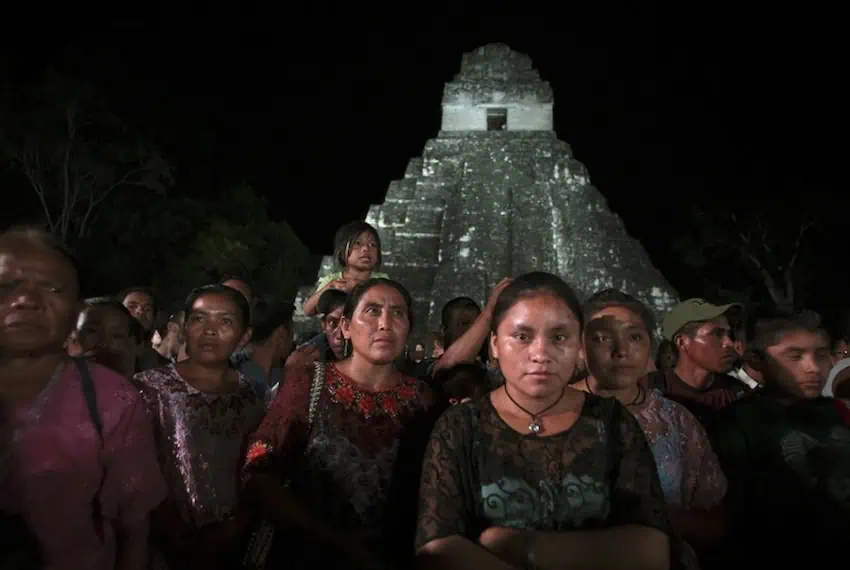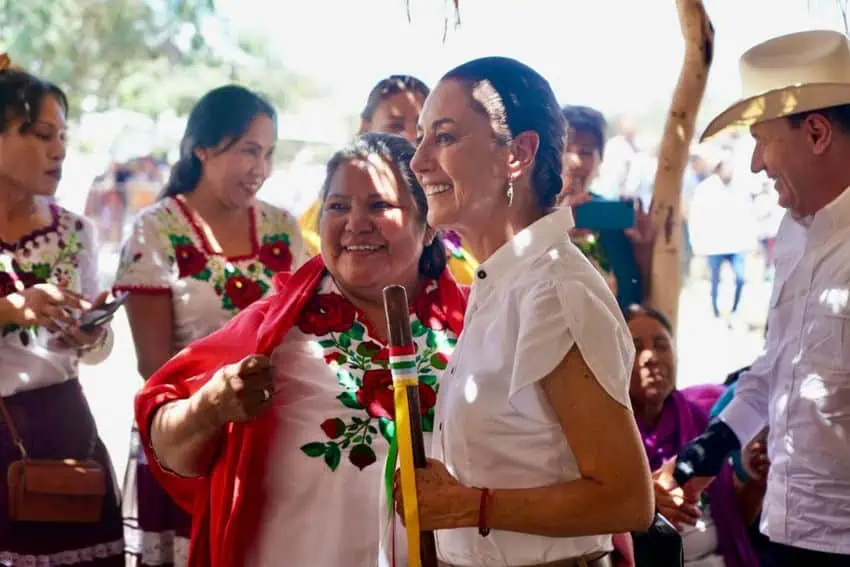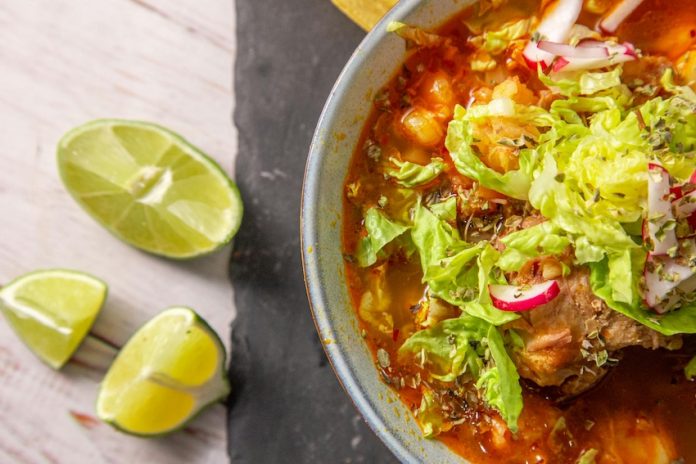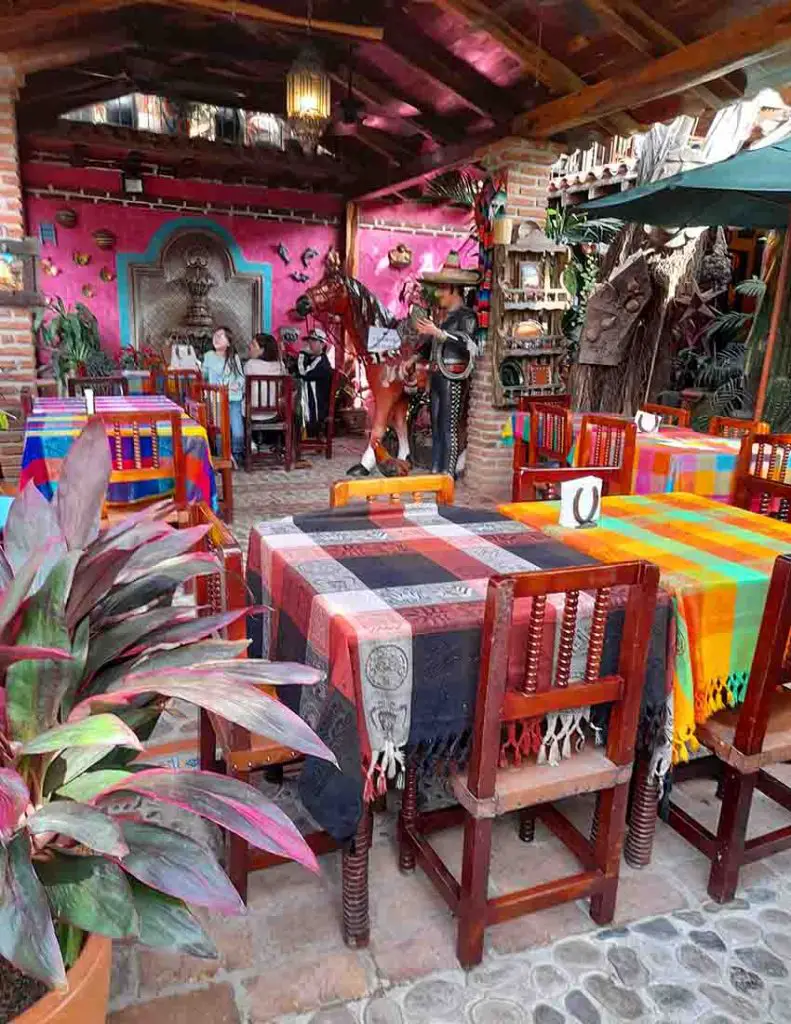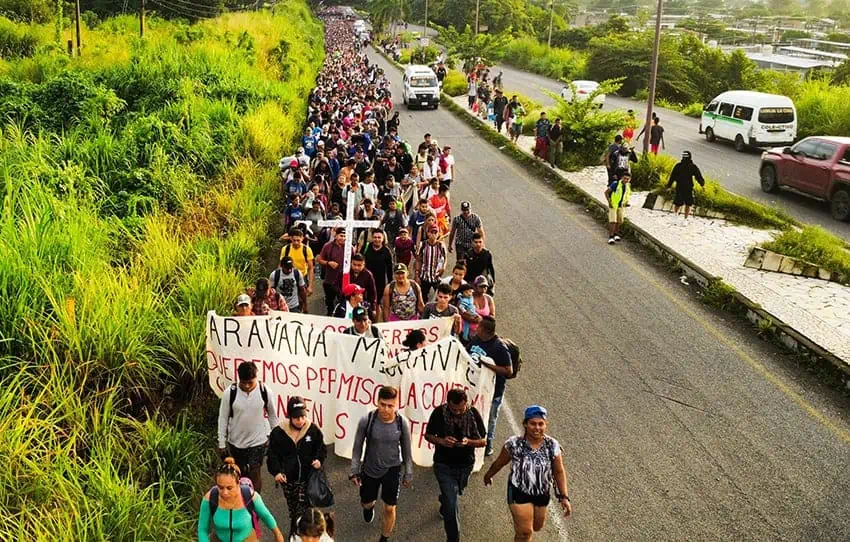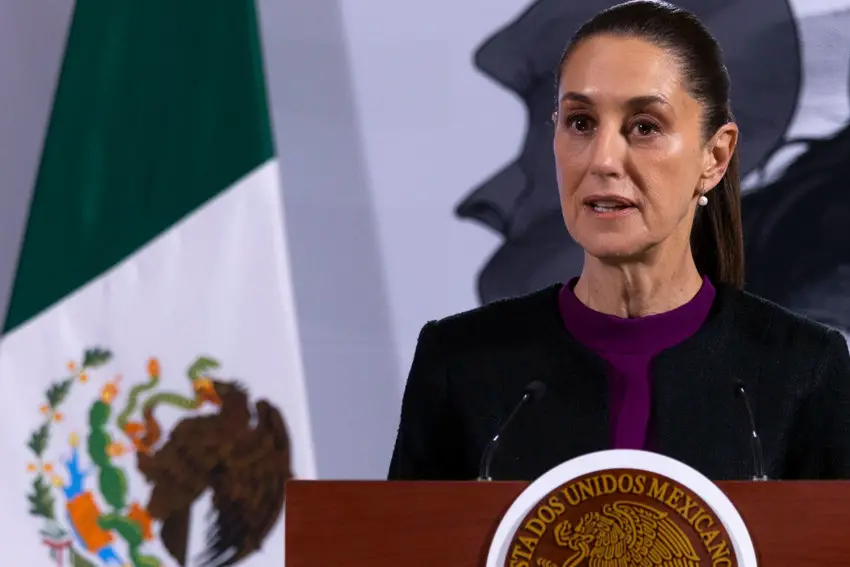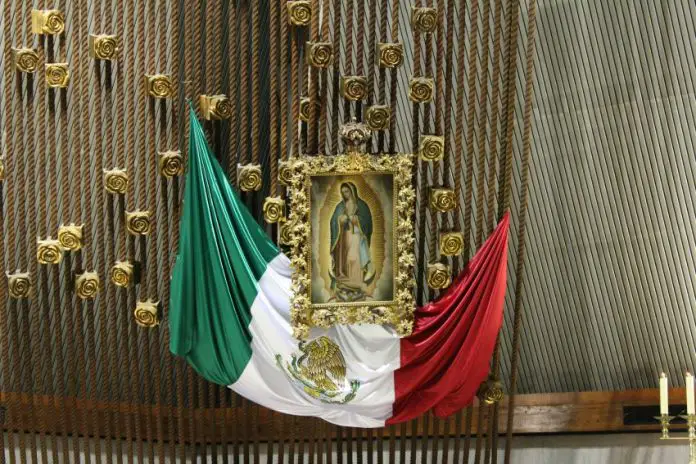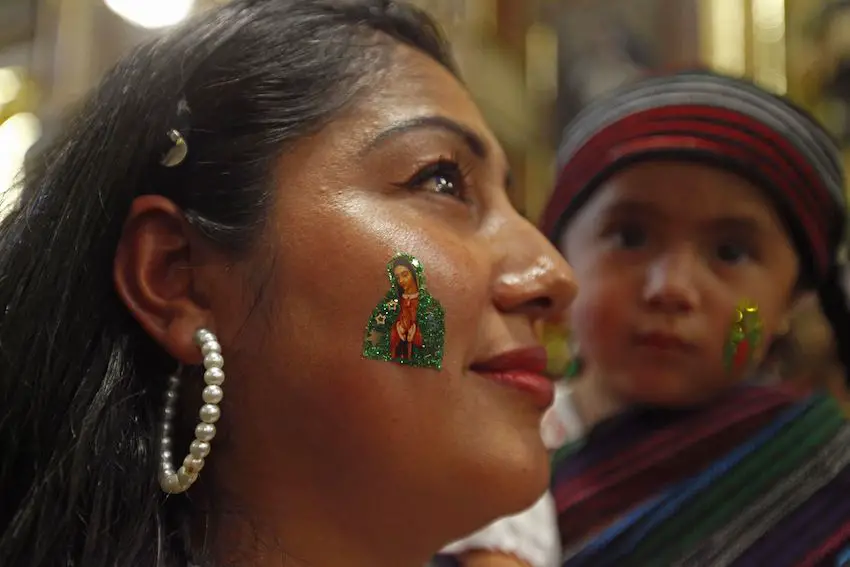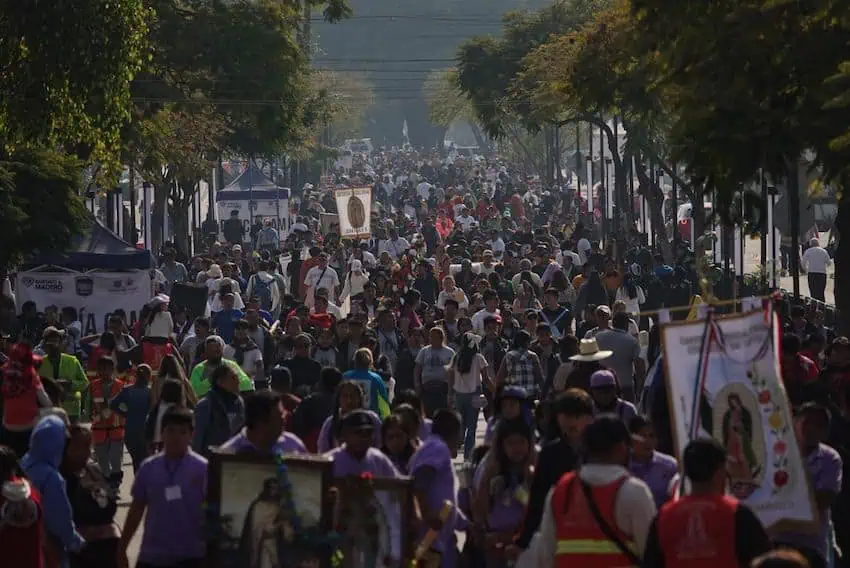Millions of Catholic pilgrims made their way to the Basilica of Our Lady of Guadalupe in Mexico City on Wednesday ahead of the Day of the Virgin of Guadalupe this Thursday Dec. 12.
The Mexico City government reported that 8.5 million pilgrims had arrived to the Basilica precinct by 8 p.m. Wednesday.
Previo a dar la cifra oficial de visitantes, las autoridades eclesiásticas estiman que son más de 11 millones de visitantes los que han llegado, hasta la mañana de este 12 de diciembre a la Basílica de Guadalupe, en el norte de la Ciudad de México.
A la medianoche, los… pic.twitter.com/gI4bZIK77G
— Azucena Uresti (@azucenau) December 12, 2024
The figure is almost as large as the population of Mexico City, whose 16 boroughs are home to some 9.2 million people, according to the 2020 census results.
Many more pilgrims arrived later on Wednesday night and on Thursday morning, some walking on their knees or crawling. Some arrived with tents, others just with blankets to bundle up on a chilly Mexico City night. The traditional Mexican birthday song “Las Mañanitas” was sung by pilgrims for the Virgin after the clock struck midnight.
The millions of pilgrims traveled to Mexico City from all all over the country and even abroad, according to media reports. Many pilgrims walked long distances to get to the Basilica of Our Lady of Guadalupe (called Basílica de Santa María de Guadalupe in Spanish), located in the northern borough of Gustavo A. Madero.
The Day of the Virgin of Guadalupe this year marks the 493rd anniversary of the purported apparition of the Virgin on Tepeyac hill, located near the Basilica site. Juan Diego, an Indigenous convert to Catholicism, is said to have seen the Virgin of Guadalupe on four occasions in December 1531.
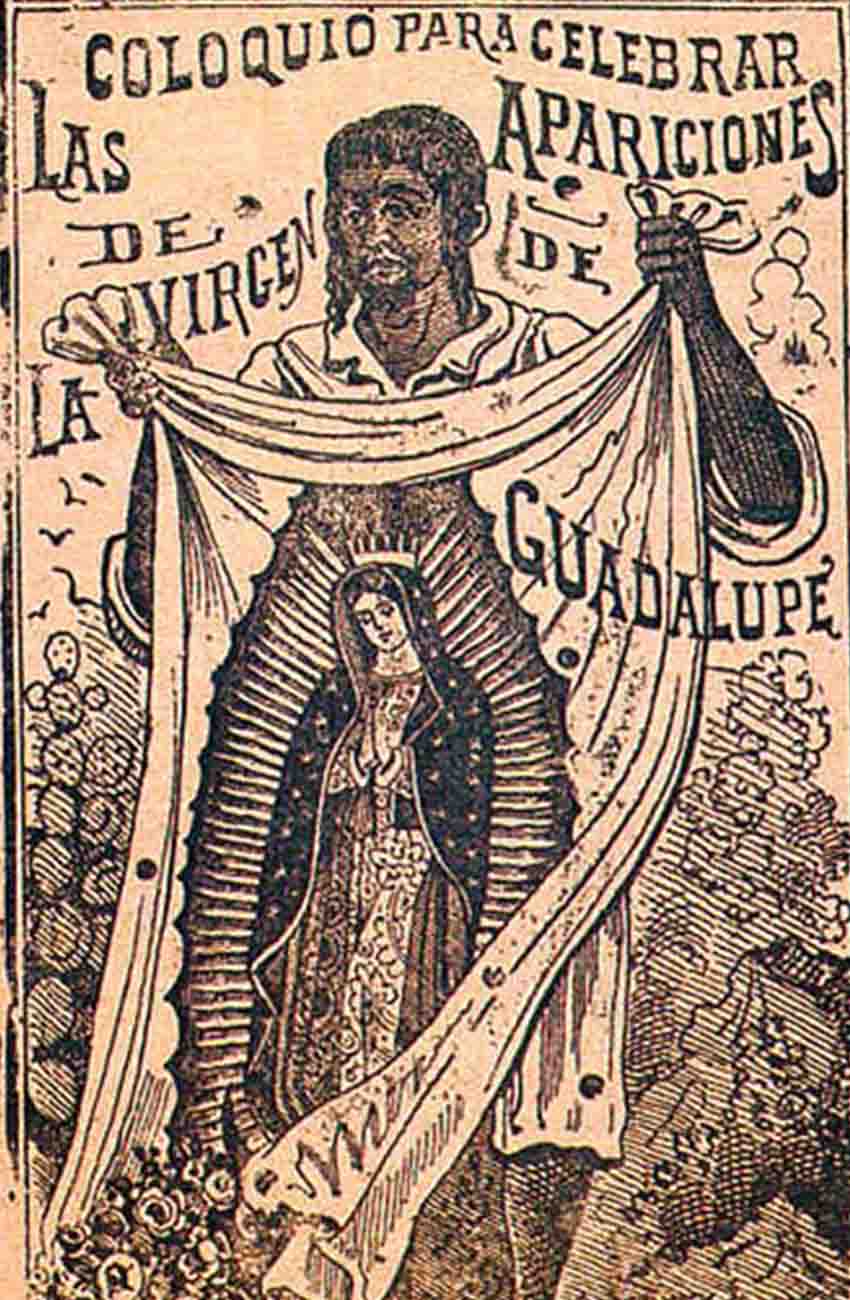
Both the figure of Juan Diego and the dark-skinned depiction of the Virgin of Guadalupe are important elements of Mexico’s syncretic tradition, representing Indigenous Mexico’s embrace of Catholicism.
Many of the pilgrims who arrived at the Basilica on Wednesday were carrying pictures or statuettes of the “Virgen morena” (brown-skinned Virgin), the La Jornada newspaper reported. Others held small altars dedicated to her.
A number of pilgrims burst into tears upon arriving due to emotion, pain, tiredness, happiness or a combination of all of those things, La Jornada said.
The same newspaper reported that a group of five Venezuelan migrants were among the millions of pilgrims at the Basilica. The Venezuelans, who hope to eventually reach the United States, went to the Basilica to ask for “divine intervention,” La Jornada said.
Susana, a 63-year-old woman, made her way to the Catholic pilgrimage site from the state of Puebla. Accompanied by her children, friends and neighbors, she walked part of the way, aided by her walking stick, but covered a lot of the distance in one of various trucks that together formed a convoy.
“I’ve come to give thanks to the Virgencita because I’m alive and healthy,” Susana told La Jornada.
She said she would also pray for her family and world peace. “And while there is life and health, I will continue coming, as I’ve done since I was very young,” she said.
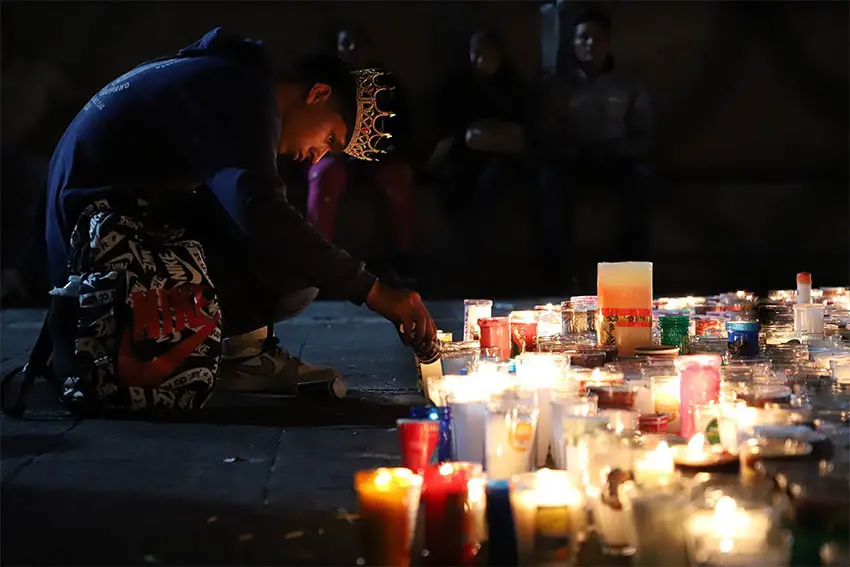
An elderly couple, Juana López and Francisco Hernández, made their way to the Basilica from Atizapán de Zaragoza, México state. As they have done for the past 10 years, they handed out food and drinks to the faithful — sandwiches, tacos, sweet bread (pan dulce), chocolate, candy, water and soda.
Accompanied by their daughter and granddaughters, the couple said the motive of their charity was to “thank God because he has always helped us and never abandoned us.”
A total of 12 million pilgrims expected between Dec. 6 and 15
The Mexico City government estimates that some 12 million people will descend on the Basilica of Guadalupe between Dec. 6 and 15 to celebrate the Day of the Virgin. Just over 12 million people made their way to the Basilica during a similar period last year.
Mexico City Mayor Clara Brugada reported on the X social media platform shortly after 9 a.m. Thursday that 11.5 million pilgrims had visited the Basilica. She said that no problems had been reported by law enforcement authorities.
In a post just after midnight, Brugada congratulated “all the Lupitas on their day!”
“In Mexico City, it fills us with happiness to welcome the pilgrims who arrive with faith and hope,” the mayor said.
¡Buenos días!
Hasta el momento, 11.5 millones de peregrinos han visitado la Basílica. El operativo de seguridad “Basílica de Guadalupe 2024”, coordinado por @GobCDMX,@SSC_CDMX, @SGIRPC_CDMX ,@Bomberos_CDMX y @C5_CDMX reportan saldo blanco. 🙌Seguimos atentos para garantizar la… pic.twitter.com/k3rD0SgZTT
— Clara Brugada Molina (@ClaraBrugadaM) December 12, 2024
In a statement on Wednesday night, the Mexico City government said that more than 6,000 police officers had been deployed to patrol the influx of pilgrims to the capital and their arrival at the Basilica. While no security incidents had been reported, almost 1,300 people received medical care or advice in the Basilica precinct. Most pilgrims received treatment for ailments related to their pilgrimage, such as dehydration and non-serious injuries, the government said. Just one person was transferred to hospital for “observation.”
Twelve people got lost amongst the massive crowd but all were located and reunited with their families, the Mexico City government said.
According to the government, the Basilica of Our Lady of Guadalupe is “the second most visited religious place in the world,” receiving “about 30 million devout and 10 million non-religious visitors each year.”
With reports from La Jornada




